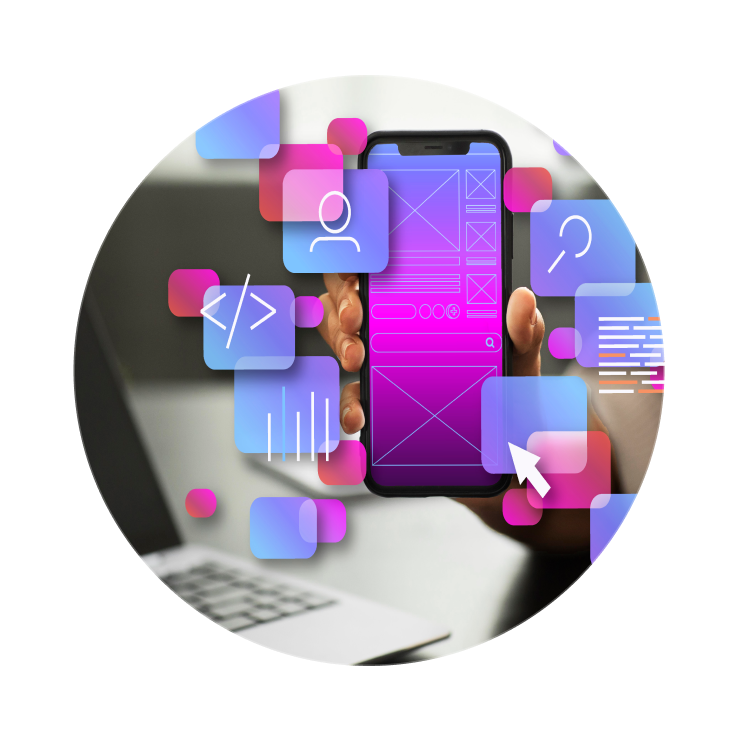With over 3 billion active Android devices worldwide, Android app development is a great way to enter the tech world, build your own apps, or even start a lucrative career. But if you’re just starting out, the process may seem overwhelming. Don’t worry — this blog will guide you through how to get started with Android development, step by step.
Step 1: Understand the Basics of Android Development
Before diving into coding, it’s important to understand what Android development involves:
-
Android OS: It’s based on Linux and primarily written in Java and Kotlin.
-
Apps: These are made up of components like Activities (UI), Services, and Content Providers.
-
Android SDK: Software Development Kit that provides the tools and APIs needed to build Android apps.
Step 2: Learn the Programming Language (Kotlin or Java)
Android supports two main languages:
-
Kotlin (Recommended): Official language for Android as of 2019. It’s modern, concise, and safer than Java.
-
Java: Still widely used, especially in legacy apps. Good to know, but Kotlin is the future.
👉 Start with Kotlin if you’re new — it’s easier and has better integration with Android Studio.
Step 3: Install Android Studio
Android Studio is the official Integrated Development Environment (IDE) for Android. It provides:
-
Code editor and debugging tools
-
Android Emulator for testing apps
-
Layout Editor for UI design
✅ Download it from: developer.android.com/studio
Once installed, you can start your first project with built-in templates.
Step 4: Learn the Fundamentals of App Building
Start building simple apps to understand the basic concepts:
-
Activities & Intents: The building blocks of UI and navigation.
-
UI Layouts: Learn XML to design app interfaces.
-
View Binding or Jetpack Compose: For managing UI programmatically.
-
Event Handling: Making your app respond to user interactions.
-
Data Storage: Learn about SharedPreferences, Room Database, and SQLite.
Resources:
-
YouTube tutorials
-
Udemy/Coursera courses
Step 5: Explore Jetpack and Android Architecture
Modern Android apps use Jetpack components, which help in building robust, maintainable apps. Learn about:
-
LiveData
-
ViewModel
-
Navigation Component
-
Room (Database)
-
WorkManager
Also, familiarize yourself with MVVM (Model-View-ViewModel) architecture.
Step 6: Practice, Build Projects & Use GitHub
Start small and gradually build more complex projects:
-
A calculator app
-
A to-do list app
-
A weather app using APIs
Push your code to GitHub to build a portfolio. This is essential if you plan to apply for Android developer jobs or freelance gigs.
Step 7: Test Your App
Testing is critical. Learn:
-
Unit testing with JUnit
-
UI testing with Espresso
-
Manual testing using Android Emulator or a physical device

